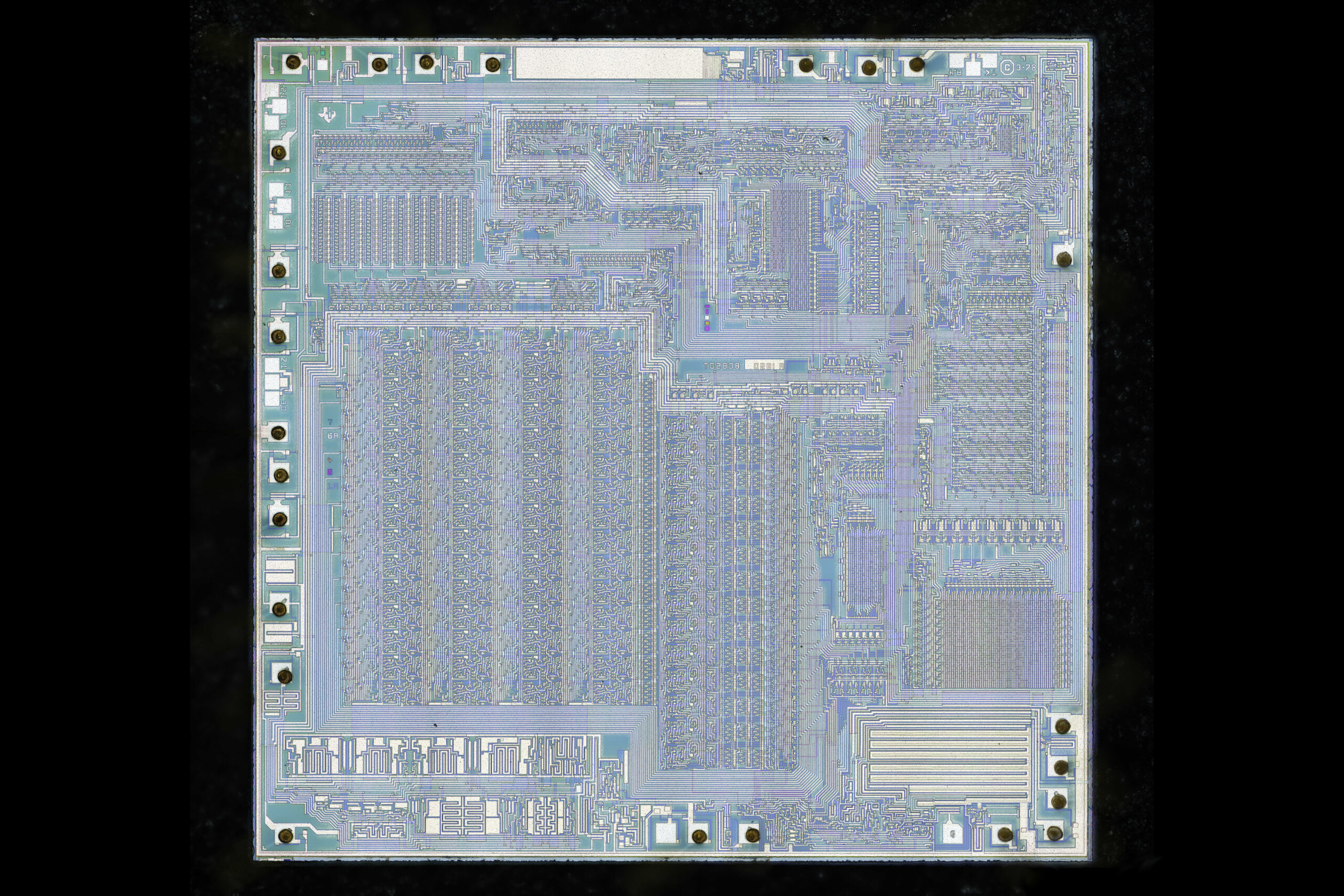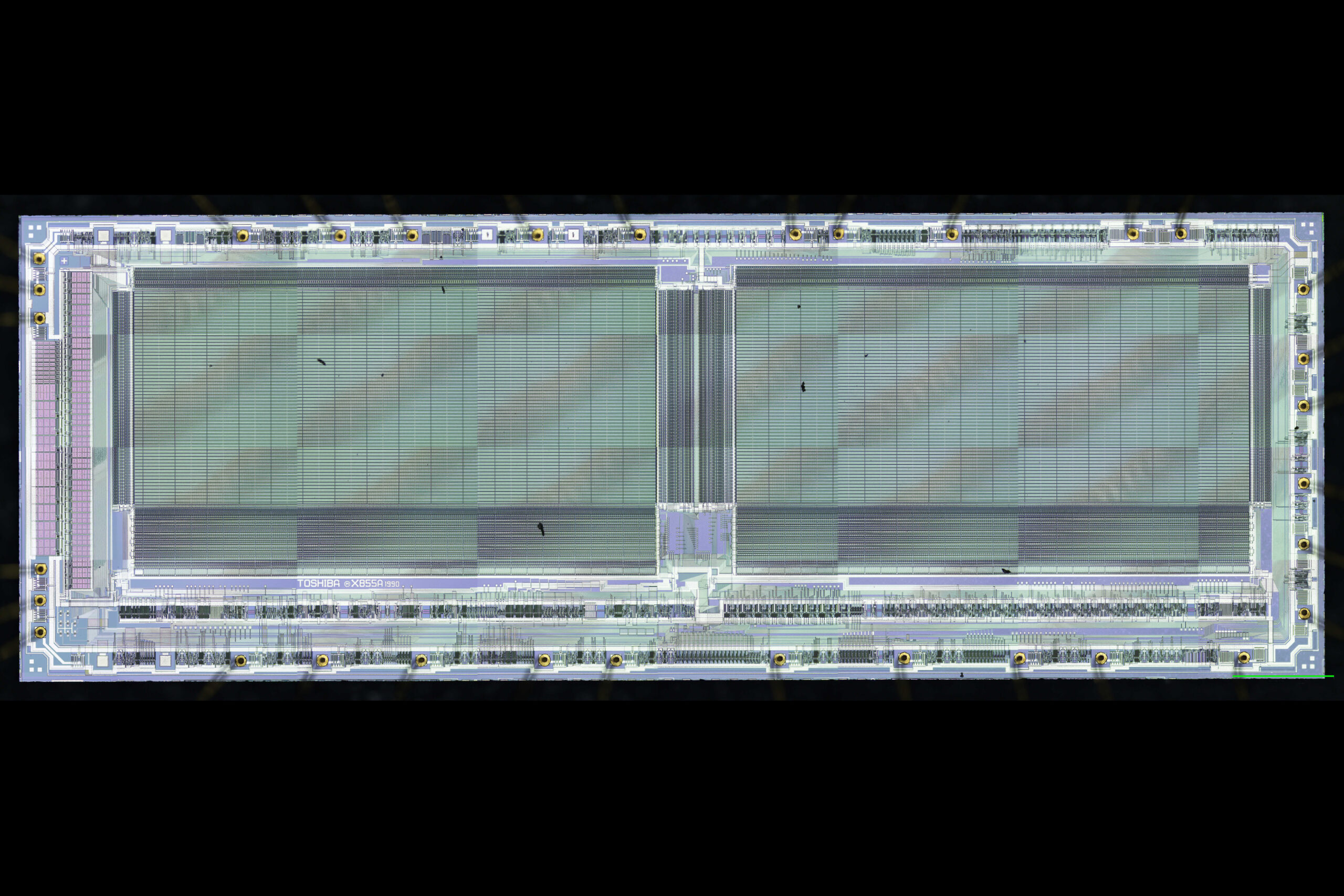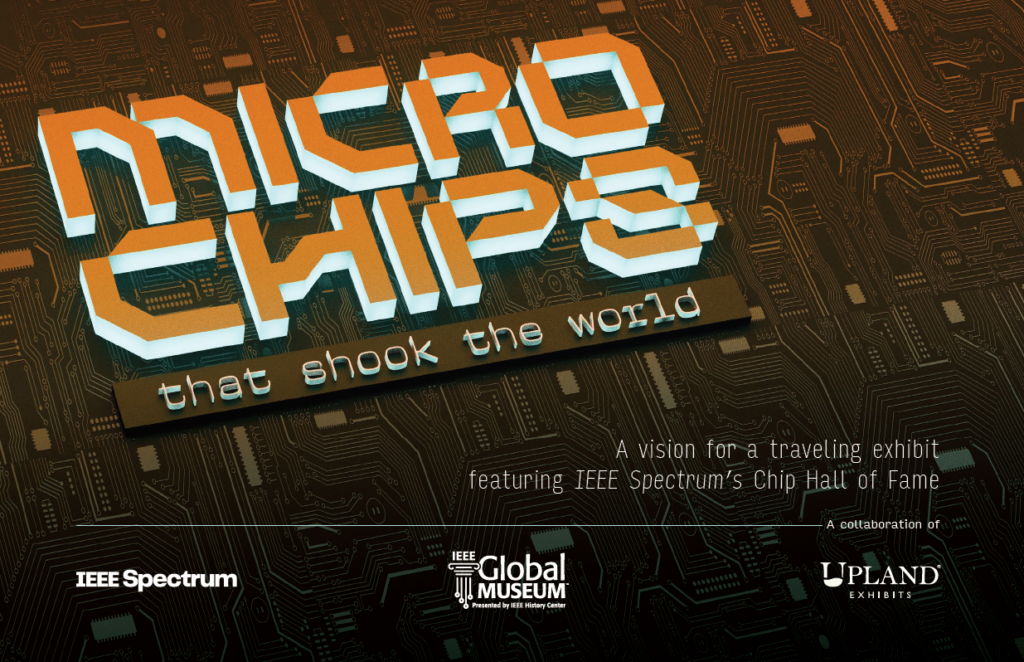
Many people are aware that integrated circuits (ICs) are essential components in electronic devices of all types, but few can guess what they do or how they were invented. Building on the digital Chip Hall of Fame created by IEEE Spectrum magazine, the goal of Microchips that Shook the World is to explain why chips were designed and engineered, and to open up the rich world of rivalries, gambits, and grand designs hidden behind the black plastic and metal contacts.
Every microchip has a story. The ubiquitous FM radio chip that launched a thousand gadgets in the 1980s because one Philips manager went rogue. The humble 555 timer chip—designed by hand fifty years ago, yet still in mass production. The chip designed for home computers that wound up in orbit around Jupiter. Microchips that Shook the World will connect opaque names like Z80, 6502, and ARM1 to products visitors will remember or recognize, such as a favorite home computer or video game console from the 1980s, up to the GPS-enabled smartphones we all carry today.
The exhibit’s interactive nature, along with the chips and other artifacts on display, will convey a compelling impression of the vital and varied roles played by ICs in our technological society, such as signal processing, audio engineering, telecoms, and more.
Microchips that Shook the World is brought to you by ASML, the IEEE Electronics Packaging Society, the Bill and Dianne Mensch Foundation and other generous donors.
Featured Chips
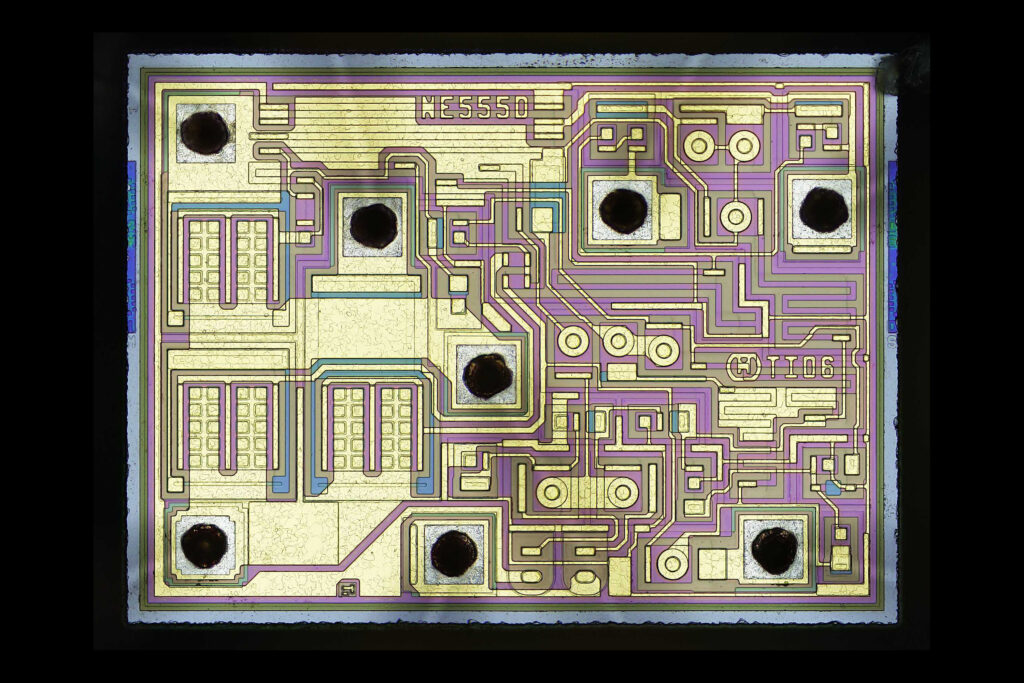
Signetics NE555 (1971)
The humble timer chip that became the Swiss Army Knife of countless circuits.
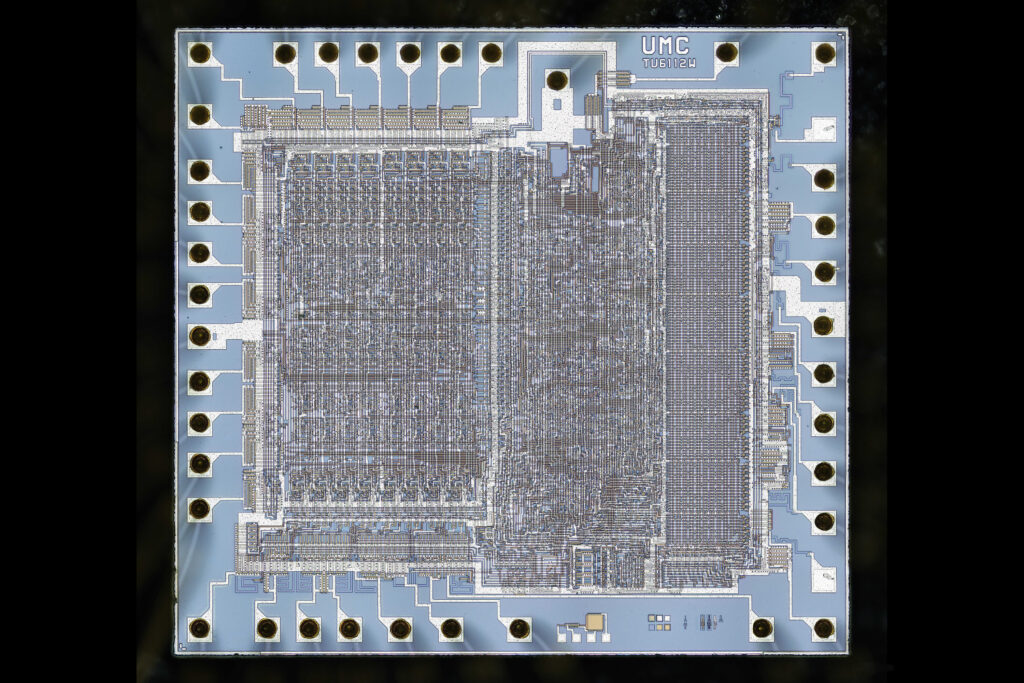
MOS Technology 6502 (1975)
The microprocessor that set in motion the personal computer revolution of the 1980s.

Philips TDA7000 FM Receiver (1977)
The chip that showed how to put a radio in countless consumer products.
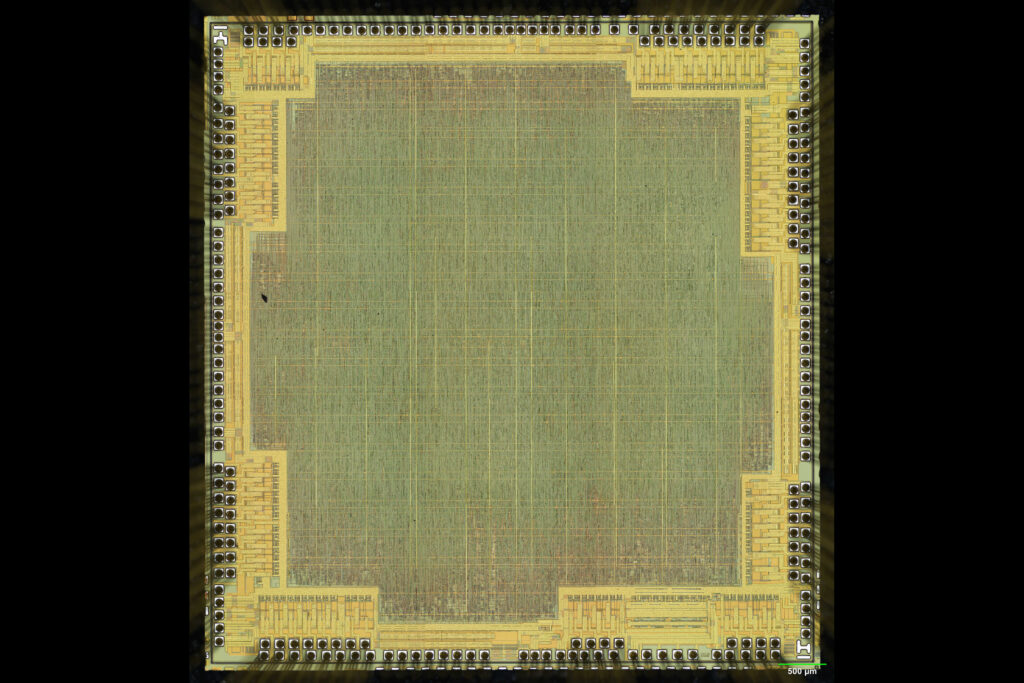
Intel PIIX3 PCI Set (1995)
The plug-and-play USB chip.
Microchips Q & A
Who is the exhibit for?
Tech-curious upper middle-school students, teenagers, and adults. Tech insiders will enjoy more detailed biographies of individual microchips that feature in the IEEE Spectrum Chip Hall of Fame. These can be self-selected as extensions to the main exhibit content.
Will the exhibit look just like one shown in the prospectus?
Apart from the artifact selections, it will be very similar. The graphic panel that was previously undetermined will focus on “What’s in a microchip?” and feature an interactive section to engage visitors with the behavior of transistors and how they enable computer logic.
How much space does the exhibit take up?
How much does a rental cost?
Thanks to ASML, the IEEE Electronics Packaging Society, the Mensch Foundation, and other generous donors, nothing at all. We only ask that you grant IEEE members and ASML employees free or discounted admission to your institution (which option depends on the usual cost).
How long is a rental?
We envisage a standard rental period of about 2–3 months, but this can be negotiated as we build our calendar. While making the exhibit publicly available, we also plan to show the it at IEEE conferences and events, which may naturally suggest some shorter or longer rental periods.
When are you scheduling for?
We plan to launch in September 2025 and will initially schedule out through 2028.
Do you only rent to museums?
No. The exhibit is designed to be set up with minimal skill and without any need for artifact handling. As such, we can consider renting to other types of organization. The most important things are a suitable space and an interested audience.
What does IEEE expect from host institutions?
Host institutions will be responsible for receiving, setting up, and repacking the exhibit, and for storing the crate while it is on display. In addition, hosts are expected to insure the exhibit while on their premises. We would also like you to organize a joint event with IEEE for your supporters and ours.
What does IEEE provide to host institutions to help promote the exhibit?
We will make available a marketing toolkit that contains publicity emails, designs for a promotional poster and postcard, social media assets, and donor recognition guidelines.
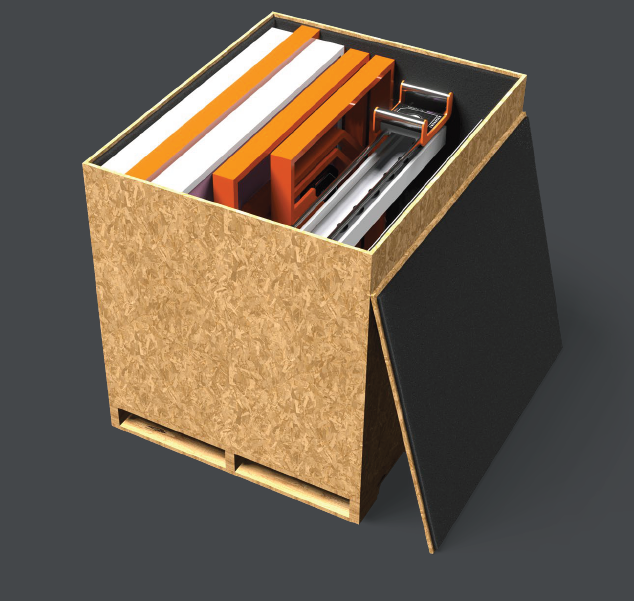
.
About the Exhibit-in-a-Box Program
The aim of the IEEE Global Museum “Exhibit in a Box” program is to create engaging, interactive and compact exhibits that can travel easily to a variety of locations. Each exhibit in a box will pair a single or small group of key artifacts with engaging interactive content to produce a self-contained educational experience in the history of electrotechnology. The “box” refers to the capability of packing the exhibit straightforwardly into a compact crate that can be unpacked to create an attractive, interactive exhibit.
Enter our Microworld
Interested in hosting or want to learn more? We’d love to hear from you.


